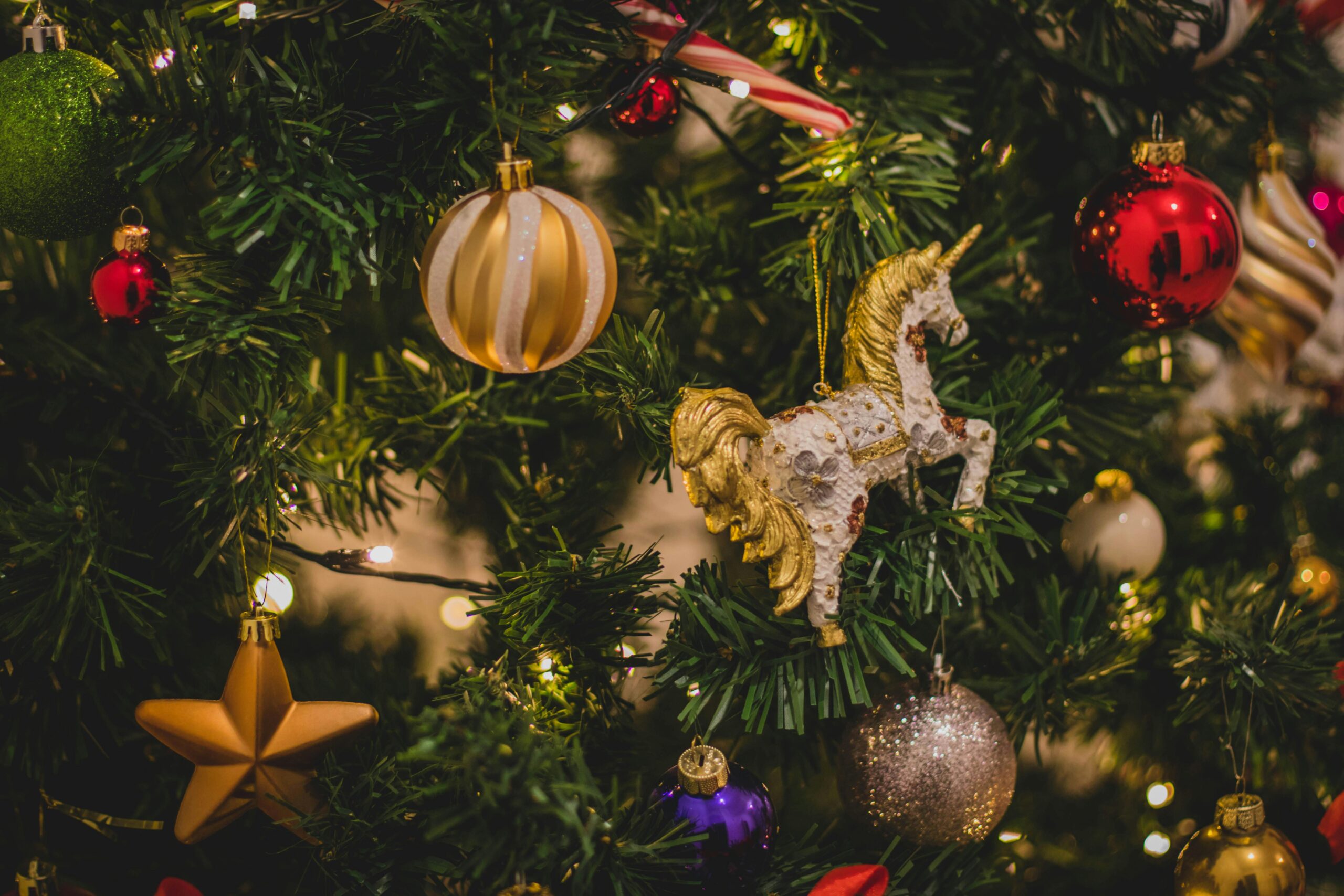

What Is Christmas
Christmas Across Cultures celebrates the birth of Jesus Christ every December, uniting faith, joy, and festive traditions around the world. Rooted deeply in Christianity, it combines Advent, Christmastide, and twelve days of celebration leading to Twelfth Night. Both Christians and non-Christians join in the holiday spirit inspired by the Nativity story of Bethlehem, where Joseph and Mary found shelter, and angels announced the birth of Christ.
From Roman customs to modern calendars, Christmas symbolizes love, hope, and divine light through church services, carols, and decorations like trees, lights, and wreaths. The festive counter now brings an exciting countdown to this joyful event, reminding us of the generosity and happiness that brighten homes and businesses during the season of giving.
History of Christmas
Early European celebrations began as light-filled solstice festivals such as the Norse Yule, where families burned logs, sang songs, and feasted for days to welcome the new sun. In Germany, people once feared the pagan god Oden, who was believed to fly across the sky at night deciding prosperity or peril. These ancient customs eventually merged into the Christmas traditions we know today.
When I attended a Yule celebration, I felt the same spark that shapes modern joy — a festive spirit alive in every countdown and cherished through festive counter traditions of warmth and unity.
Origins of Christmas
Within early Christian communities, the celebration of Jesus’ birth blended with older pagan rituals. Church Fathers such as Sextus Julius Africanus connected the December solstice with the rebirth of the sun, symbolizing the Son of God bringing divine light to Earth. Over time, these traditions evolved from the March equinox to January baptism rituals, expressing renewal and faith.
The blending of beliefs created a beautiful harmony of devotion. It still forms a living festive counter of light and joy, where every countdown deepens our sense of faith and hope.
Traditions of Christmas
Across the West, Christmas traditions vary yet share iconic symbols such as Advent wreaths, stockings, candy canes, and cookies near glowing trees. Nativity scenes showing Baby Jesus, St. Nicholas, and Father Christmas fill homes with love and faith. Families attend Mass and Vespers on Christmas Eve and sing joyful carols.
Decorating the home is my favorite part — turning each moment into a festive countdown beautifully tracked through our festive counter, celebrating family, faith, and togetherness.
Why Do People Have Turkey at Christmas
Since the 1820s, wealthy households in Britain replaced beef dinners with roasted turkey, a dish symbolizing unity and national pride. Soon, working-class families joined the tradition as bakeries filled with festive birds ready for December feasts.
Later, vegetarian and vegan recipes gained popularity, promoted by the Vegetarian Society in 1847 and BBC Food, encouraging modern meat-free feasts. I once tried a vegan roast, and it was delightful — proof that the festive counter of culinary traditions keeps evolving, while the countdown to joyful family dinners remains timeless.
Why Christmas Is Important
Christmas unites people of all backgrounds through love, generosity, and faith. Inspired by the message of Jesus, the Prince of Peace, this festival lights up winter nights with candles, carols, and decorated trees.
Every year, as the festive countdown begins, hope and joy return to our hearts. The festive counter reminds us that Christmas is not just a day — it’s a symbol of compassion, renewal, and shared humanity.
How People Celebrate Christmas
All over the world, cultures express Christmas in unique yet heart-warming ways. From stars or angels on trees to joyful songs and family dinners, every custom spreads happiness. Advent calendars, wreaths, and feasts honor Saint Nicholas and Father Christmas for their timeless generosity.
In America, England, and Germany, the 19th century shaped Santa Claus’ image with red suit and white beard. Meanwhile, Italy’s La Befana, Spain’s Epiphany, and Latin America’s Wise Men keep the Magi’s story alive. Together, these traditions build a global festive counter of love, anticipation, and faith.
Christmas Around the World
From Australia’s sunny barbecues and beach feasts to Italy’s Christmas Eve Mass, the Philippines’ Simbang Gabi, and Ethiopia’s January processions, every nation celebrates differently. New York City’s lights and decorations attract millions, while New Year events continue the joyful countdown.
Experiencing these worldwide festive counter traditions reveals how Christmas connects humanity through faith, reflection, and shared joy.
What Do People Do on Christmas
On Christmas Eve, families in Australia, Canada, the United Kingdom, and the United States decorate homes, shop for gifts, and enjoy dinners filled with laughter. Children hang stockings, waiting for Santa Claus or Father Christmas to bring sweets and toys.
Churches host midnight choirs and sermons celebrating Jesus Christ’s birth. Nativity scenes remind us — through the festive counter and cheerful countdown — that Christmas is truly about connection, kindness, and gratitude rather than consumption.
